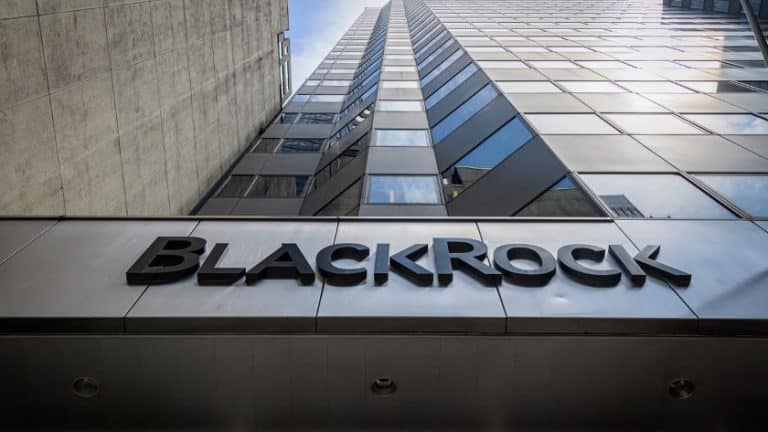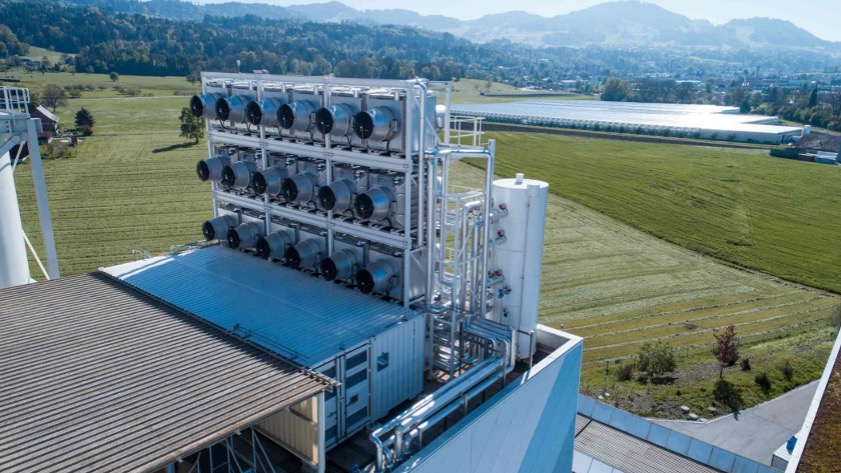
Boosting investments in carbon removal technologies
Strategies to reduce emissions – such as increasing renewable energy or improving energy efficiency – are not sufficient per se to reach the global temperature target.
An analysis by the National Academy of Sciences (NAS) and Intergovernmental Panel on Climate Change (IPCC) shows that, even with high investments in emission reductions, the United States would need to remove about 2 gigatons of carbon dioxide per year by 2050 in order to reach its net-zero target.
The idea to remove carbon dioxide from the atmosphere is thus gaining momentum since it seems the only option, combined with increasing reduced emissions, that can avoid the climate disaster.
As of today, both natural and technological strategies exist to remove CO2 from the atmosphere and store it through various means, such as in soils or rocks.
Essentially, carbon removal is similar to carbon capture and storage, involving catching greenhouse gas emissions from smokestacks and pumping them into the Earth.
In the past months, investments in startups that propose solutions to remove CO2 from the atmosphere have sharply risen. Alphabet, Tesla’s boss Elon Musk and several groups of private equity investors have committed a total of more than USD 2 billion to such startups.
For example, the Swiss startup Climeworks has just received $650 million from two private investors; the company has built a machine that can suck up to 4000 tons of carbon annually and trap it in a special filter and then underground turning it into stone as a reaction with basalt rock.
All these technologies are still very costly. The carbon cap-and-trade system has created a market for selling and buying CO2; however, prices are still well under the current cost of carbon removal. In response, Alphabet, McKinsey & Co. and Meta Platforms, among others, have contributed to the creation of Frontier – a $925 million fund that will compensate companies for taking carbon out of the atmosphere. The main goal of the fund is to accelerate the development of carbon removal technologies by guaranteeing future demand. The fund invests only in technologies that have the potential to be low-cost and high-volume in the future and that meet nine different criteria.
The abovementioned private investments in carbon removal technologies sum up to public ones. Indeed, the Biden administration has recently allocated USD 3.5 billion to four direct air capture hubs with the potential to capture and store one million metric tons of CO2 per year. This trend seems promising, even though investments should be even higher and more consistent in order to reach the global temperature target.
Author: Carlotta Finco
Boosting investments in carbon removal technologies
Strategies to reduce emissions – such as increasing renewable energy or improving energy efficiency – are not sufficient per se to reach the global temperature target.
An analysis by the National Academy of Sciences (NAS) and Intergovernmental Panel on Climate Change (IPCC) shows that, even with high investments in emission reductions, the United States would need to remove about 2 gigatons of carbon dioxide per year by 2050 in order to reach its net-zero target.
The idea to remove carbon dioxide from the atmosphere is thus gaining momentum since it seems the only option, combined with increasing reduced emissions, that can avoid the climate disaster.
As of today, both natural and technological strategies exist to remove CO2 from the atmosphere and store it through various means, such as in soils or rocks.
Essentially, carbon removal is similar to carbon capture and storage, involving catching greenhouse gas emissions from smokestacks and pumping them into the Earth.
In the past months, investments in startups that propose solutions to remove CO2 from the atmosphere have sharply risen. Alphabet, Tesla’s boss Elon Musk and several groups of private equity investors have committed a total of more than USD 2 billion to such startups.
For example, the Swiss startup Climeworks has just received $650 million from two private investors; the company has built a machine that can suck up to 4000 tons of carbon annually and trap it in a special filter and then underground turning it into stone as a reaction with basalt rock.
All these technologies are still very costly. The carbon cap-and-trade system has created a market for selling and buying CO2; however, prices are still well under the current cost of carbon removal. In response, Alphabet, McKinsey & Co. and Meta Platforms, among others, have contributed to the creation of Frontier – a $925 million fund that will compensate companies for taking carbon out of the atmosphere. The main goal of the fund is to accelerate the development of carbon removal technologies by guaranteeing future demand. The fund invests only in technologies that have the potential to be low-cost and high-volume in the future and that meet nine different criteria.
The abovementioned private investments in carbon removal technologies sum up to public ones. Indeed, the Biden administration has recently allocated USD 3.5 billion to four direct air capture hubs with the potential to capture and store one million metric tons of CO2 per year. This trend seems promising, even though investments should be even higher and more consistent in order to reach the global temperature target.
Author: Carlotta Finco
RELATED
Regulatory Developments in ESG Reporting and Their Implications for Businesses
The focus on Environmental, Social, and Governance (ESG) factors has surged, leading to significant regulatory changes worldwide. Key developments include the EU’s Corporate Sustainability Reporting Directive (CSRD), the US SEC’s...
Read MoreThe Earthshot Prize 2022
The Earthshot Prize 2022 The Earthshot prize is an award given to five winners that created some projects that could help our planet face some of the most important challenges...
Read More

